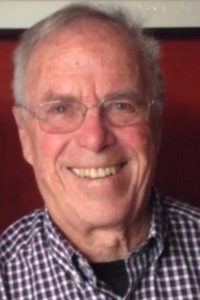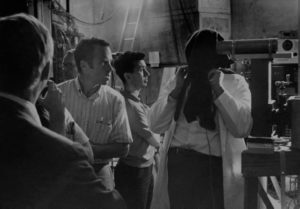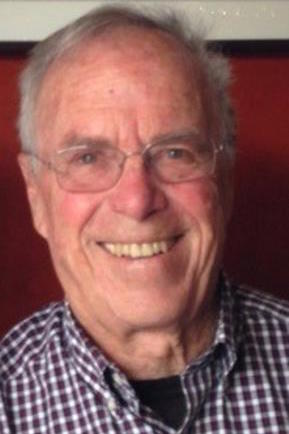 The Berkeley Lab community mourns the loss of John Tompkins Lyman, who died May 30 at age 86. He was a key member of the pioneering radiation biophysics group led by Cornelius Tobias and John Lawrence, studying how the beams from the cyclotrons built by John’s brother Ernest could be applied in biology and medicine.
The Berkeley Lab community mourns the loss of John Tompkins Lyman, who died May 30 at age 86. He was a key member of the pioneering radiation biophysics group led by Cornelius Tobias and John Lawrence, studying how the beams from the cyclotrons built by John’s brother Ernest could be applied in biology and medicine.
Lyman earned bachelor’s degrees in zoology (1954) and physics (1958) from UC Berkeley, serving two years as a US Army medic in between. While working with the radiation biophysics group at Donner Laboratory and what was then the Lawrence Radiation Laboratory he pursued graduate studies, receiving his PhD in biophysics from Cal in 1965. He became a staff scientist at Berkeley Lab that same year, and was a senior staff scientist from 1978 until his retirement in 1991.

Lyman (left, in short-sleeved shirt) took part in a famous series of experiments led by Cornelius Tobias (in black hood) in 1970 at the 184-inch Cyclotron that sought to explain the peculiar flashes and streaks of light reported by the Apollo-11 astronauts.
His seminal contributions included the development of computerized radiation delivery systems to support research studies on the biological effects of ionizing radiations. His widely used analysis and method for optimizing radiation treatment became known as the “Lyman Model.” In 1989, he received Berkeley Lab’s Technology Transfer Excellence Award.
Colleagues remember Lyman fondly, noting his quiet demeanor, patience, and excellent communication skills. The latter, remarked Jose R. Alonso, a rehired retiree and guest senior scientist in the Physics Division, enabled Lyman to convey his keen understanding of the characteristics of high LET radiation both to accelerator technicians producing and delivering the beams, and to biologists, medical physicists, and physicians using them.
Lyman is survived by his first wife, JoAnne, their three children, and five grandchildren. In 1980 he married fellow researcher Kay Woodruff, a consultant at Berkeley Lab from 1974 to 1993. They spent 36 years together in professional collaborations and adventures, including bicycling through much of the US, trekking in the Alps and the Himalayas, skiing, tennis, windsurfing, gardening, beekeeping and wine tasting. She preceded him in death in 2016.




